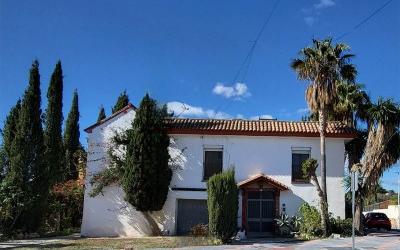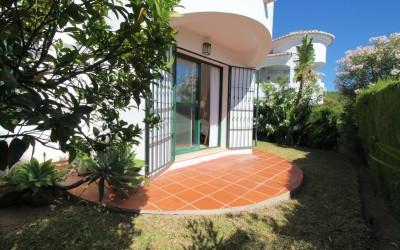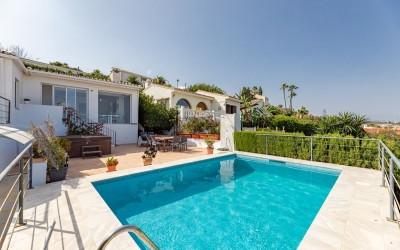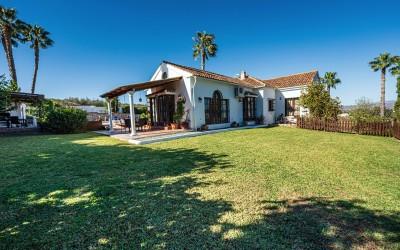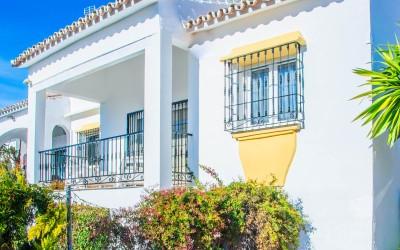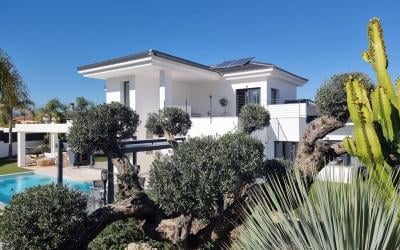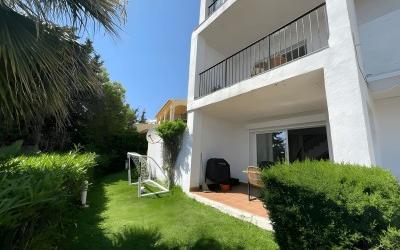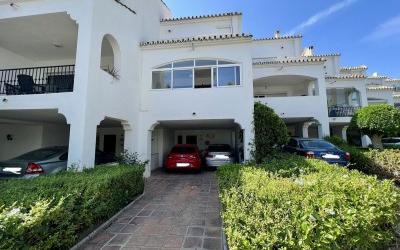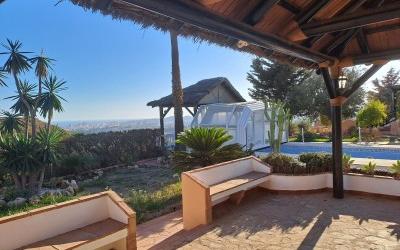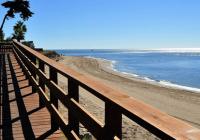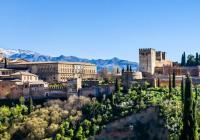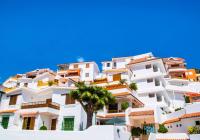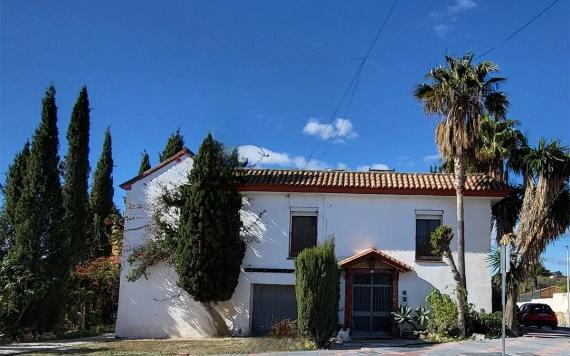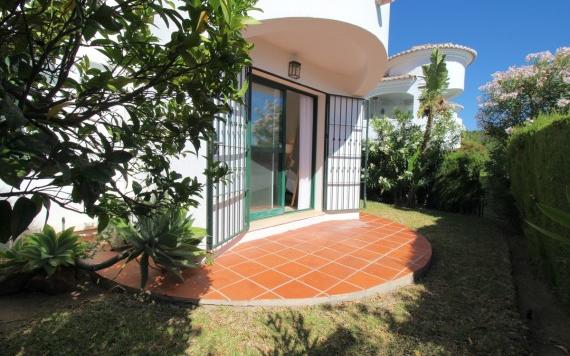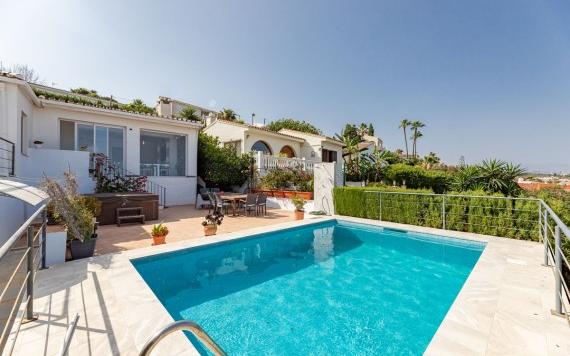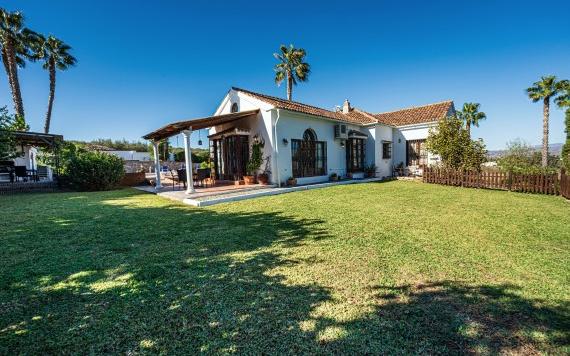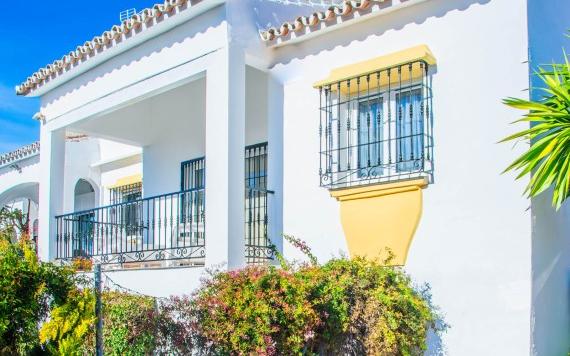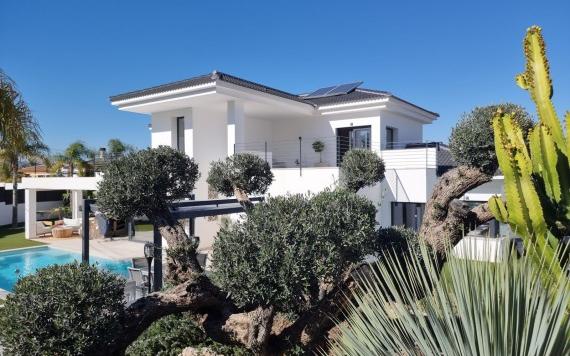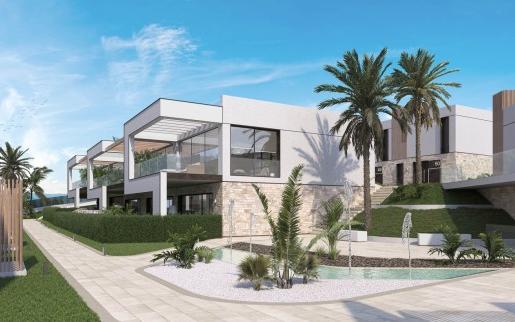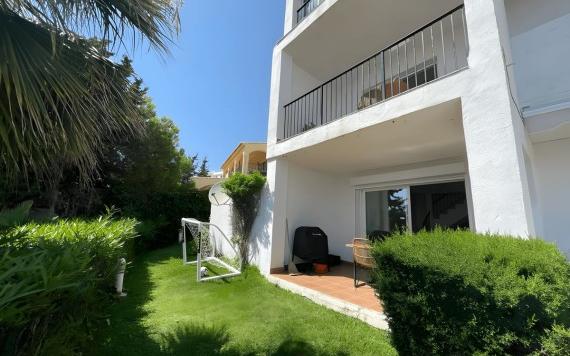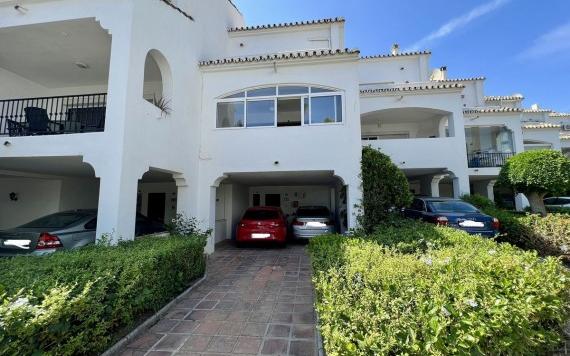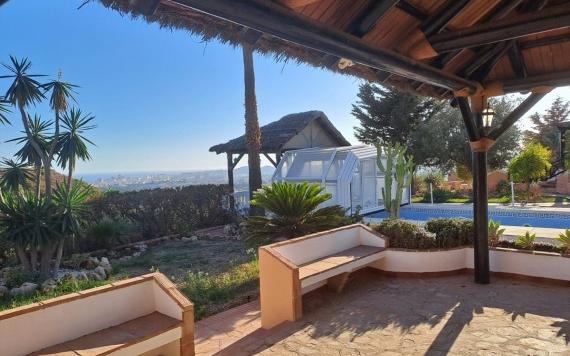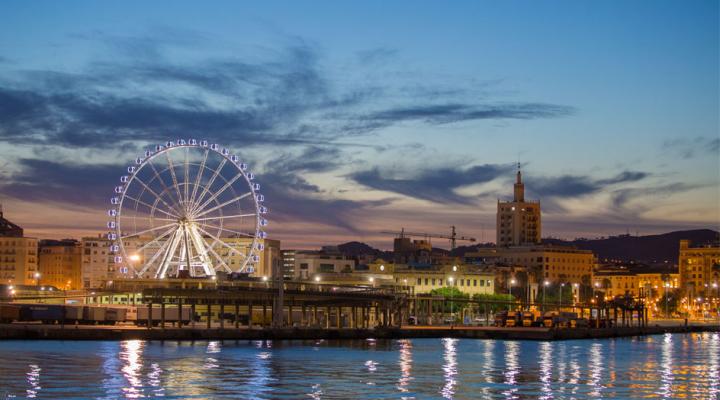
Malaga is a beautiful province situated on the southern Mediterranean coast of Spain, and it has so many stunning sights and attractions to offer its visitors that tourists could easily spend many weeks here. So, what if you only have three days to spend in Malaga?
What are the things you must see in such a relatively short period of time? From tourist attractions to areas of outstanding natural beauty, bars and restaurants to beaches, here is our guide to the best way to spend three days in Malaga:
Day One in Malaga
The best way to get to know Malaga fast is to start in the very heart of this bustling city. For that reason, you should start your first day in the Central Market of Atarazanas. This is the central market of Malaga and is an incredibly important part of the city’s rich history. The building was constructed in the 14th century and originally housed a ship yard. Of particular note is the large stained-glass window, which represents a host of different monuments in the city. If you like to start your day with breakfast then heading to Atarazanas is an especially good idea, as the market is home to a huge number of stalls selling local and fresh products, as well as a selection of bars and restaurants near its entrance: fuel up and start your day!
When you’ve had your fill of the market, walk down to Larios Street, which you will find less than five minutes away. Calle Larios (Larios street) is regarded as Malaga’s main street, and is a key site if you’re looking to indulge in some shopping. Once you know where Larios street is, you can use this as a base for your explorations, returning throughout the day for drinks, snacks, and a general feeling of hustle and bustle.
The key to covering a large city in a relatively short period of time is to choose your route wisely, so the next place you should visit is Malaga cathedral. It’s less than five minutes away from Larios street on foot, and is considered one of the finest attractions of the city. It is one of the treasures of the Renaissance in Spain and its sheer size means that it dominates the city. The external façade has a Baroqe style, and inside the chapel you will find Alonso Cano’s canvas of the virgin of the Rosary. Entry times are regularly updated, as are prices, so it is worth seeing if you can save time by booking your tickets in advance.
Now is the perfect time to break for lunch, so why not head to the Plaza de la Constitucion: this area is surrounded by a wide variety of excellent restaurants and tapas bars, and is also the site of the Genova fountain and the town hall. Considered by many to be the centre of Malaga, this Is also a great place to people watch, and many activities also take place in this square throughout the year. From here, the final location on your whistle stop day one tour is the Church of Santo Cristo de la Salud. This is located on calle Compania, which is close to the Plaza de la Constitucion. This is a fascinating circular building with an impressive dome, and one well worth exploration.
Day Two in Malaga
Now that you have spent day one enjoying the delights of the city centre, on day two you will head just outside of the city to perhaps the biggest and most important sites in Malafa. These are the Alcazaba and the Roman Theatre, and both of these monuments can comfortably be visited in one day. The Alcazaba is a palace fortress, and it beautifully combines European and Arabic architectural influences. The Alcazaba features an incredible 110 towers, and it also boasts some incredibly well-reserved watchtowers. If you only have time to visit one site in Malaga, it should be the Alcazaba.
At the base of the Alcazaba, you will find the Roman theatre of Malaga. This is a significant site because it is the main symbol of the Hispania Romana in the city. The construction of the theatre was approved by the Emperor Gaius Julius Caesar Augustus, and the remains you can see today weren’t discovered until 1951. As well as seeing the remains of the Roman theatre, there is also an informative and interesting visitors centre next to the monument.
Day Three in Malaga
On your third and final day in Malaga, how much you choose to do will depend on how much time you have left before you begin your journey home and how fast or slow you would like to take the pace! Choose your own itinerary from the following list of great sites and attractions in Malaga to best suit your unique needs:
- Visit the Picasso Museum. Malaga is the birthplace of Picasso, and this museum is home to a huge number of his works that you can’t see anywhere else in the world, making it a site well worth exploration
- If you’re an art enthusiast then you can also visit Picasso’s birth house, which is home to more 50 books illustrated by the painter, and well as sketchbooks from the artist, and from other famous Spanish authors.
- Spain is famed for its bullfighting, and the La Malagueta Bullring is a great example of a traditional Spanish bullring. With high arches and a beautiful hexagonal shape, even if you can’t go inside, this beautiful building is well worth visiting.
- Fans of modern art and architecture will love the Pompidou centre of Malaga, which is a wonderful building, and a great space for art lovers. It is the headquarters of the Georges Pompideu National Centre of Art and Culture in France.
- Can’t imagine going to Spain and not hitting the beach? La Malagueta Beach is the place to go! It is 1,200 metres long and is one of the most visited beaches due to its proximity to the city. This beach on the Málaga coast has dark sand and moderate waves.
To find out more about what it’s really like to live on the Costa del Sol, or for expert advice and support on making the move, why not get in touch with our property specialists today? We love to help people just like you find the Spanish property of their dreams.

 English
English Español
Español Deutsch
Deutsch Français
Français Svenska
Svenska Nederlands
Nederlands Italiano
Italiano Norsk
Norsk Русский
Русский





